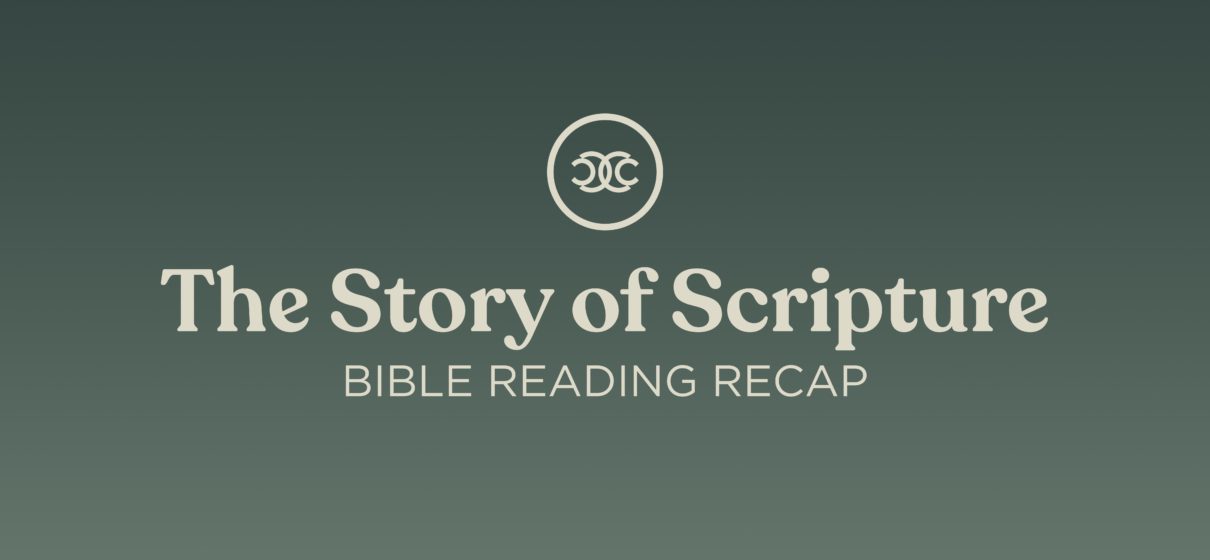Many people assume the Bible is a boring read, of course if one starts with Genesis, that assumption is quickly dismissed. There are some fascinating (if not weird) stories right at the start! Cain and Abel is a well known story that has elicited many question from readers for thousands of years. For instance, what is the “mark” of Cain?
The God of the Bible is presented as both just and merciful, and the “mark of Cain” is an example of that justice and mercy. After Cain kills his brother out of jealousy, he becomes a fugitive and is afraid for his life, but God “puts a mark” on Cain that will protect him from those trying to take vengeance in their own hands2. But what is the “mark”? Scripture doesn’t say, and that ambiguity is on purpose to set a pattern moving forward.
The first few chapters of Genesis set up many narrative patterns that are repeated in the rest of the Scriptures. One of the patterns is the narrative use of the Hebrew word ʾôt , typically translated “mark” or “sign” for English translations. And when a reader comes upon a story that contains a ʾôt (mark/sign), it is most often a result of both God’s justice and His mercy.
Shortly after the story of Cain and Abel is the story of Noah. The earth is filled with violence, God is grieved and uses the waters to reset creation, except for Noah’s family and the mini-Eden boat that is protected during the flood. After the waters subside, God gives another ʾôt to humanity (namely Noah’s family) and the creatures of the boat, the sign of the “bow in the clouds”3. Water, which just acted as an instrument of justice on a corrupt and violent humanity is now given to Noah as a sign of mercy that never again will the earth be destroyed in a deluge. The “bow in the clouds” is a sign in the sky that God is both just and merciful.
Chapter 12 becomes a hinge point for the book of Genesis, narrowing down on a descendant of Noah, the man Abram. Abram is asked to leave all he has known and trust God’s promise of a land and family that shall bless “all the families of the earth”.4 Within the narrative about Abram is a ʾôt that will mark a people for hundreds of generations after. But why another “sign/mark”?
There is one problem with Abram and his wife Sarai, they are both old and no longer of childbearing age. Will they trust God and his promise, even if it sounds crazy, or they will try their own way? Abram and Sarai seem to be set on trying their own way instead of trusting in God’s promise. Along the way there are some bright spots, but for much, it’s distrust, unfaithfulness and consequences.
At one point in the story, Sarai decides to take matters into her own hands, and offer up her Egyptian slave, Hagar, to Abram, in order to produce the promised child. Hagar does become pregnant and even though this was the idea of Sarai, she resents the child, and Abram gives approval for her to “deal harshly” with Hagar. Now instead of a flourishing family provided by God’s provision to Abram and Sarai because they trusted in His promise, there is an abused, pregnant, immigrant7 slave alone in the wilderness.[1] Abram and Sarai certainly do not trust God, and in their distrust, harm those they were called to bless.
And so God will be just and merciful, again with a ʾôt. The very next narrative is the story of the “sign/mark” of circumcision. God must be just for the actions against Hagar and thus he tells Abram he must circumcise that which was misused in an attempt to produce offspring on their own terms. This marks the descendants of Abraham (God changes his name along with the sign9) for generations. A constant reminder of what Abram and Sarai did to Hagar because they didn’t trust God’s promise and that what God meant for good can be taken and used in humanity’s own devices as evil. God is just.
And mercy? It’s like the “bow in the clouds”. That which was used as a judgment can also serve as a sign of God’s enduring mercy. It is still through that which was misused and now marked, that the promised offspring for Abraham and Sarah10 comes to fruition. The barren Sarah becomes pregnant with the promised offspring Isaac.
The ambiguous mark of Cain sets a pattern moving forward throughout the story of Scripture that points to God as both just and merciful11. Fast forward in the story and Jesus fulfills this pattern in his crucifixion. He takes on the righteous justice of God in place of corrupt and sinful humanity, the consequences of all of humanity’s distrust and disobedience, death. God is just. Yet, through the same act of the crucifixion, God in humanity’s place, is the offer of life from death. God is merciful. The pattern continues for those who are in Christ Jesus, also marked with his crucifixion, through baptism. A mark of those in God’s Kingdom, participating in Jesus’ death and participating in new life through his resurrection.
A ʾôt of both justice and mercy. May we never forget the justice and mercy of God in our own story, and would our lives display the justice and mercy of God to the world.
1Genesis Ch. 3
2Genesis Ch. 4
3Genesis 9:13
4Genesis 12:3
5Genesis Ch. 15
6Genesis 15:6
7The root of Hagar name means “to flee” as an immigrant
8Genesis 16:13
9Genesis 17:5
10Sarai’s name is also changed to Sarah, Genesis 18:15
11Exodus 10:2, Exodus 12:13, Numbers 21:8/John 3:14
[1] Abram and Sarai are harsh and unfaithful, but God is merciful and just to all people. He sees and hears the oppressed, he rescues Ishmael and promises her that, although despised and discarded by Sarai, her son will also father a multitude.



